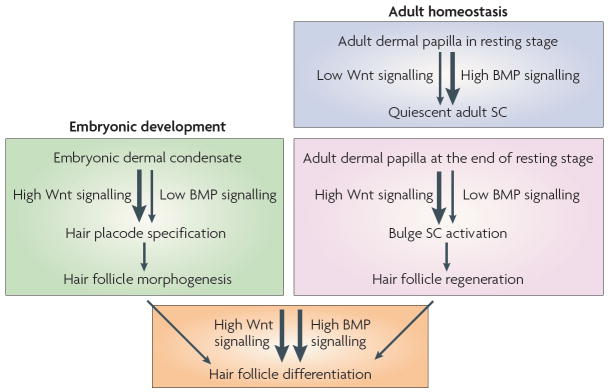Figure 3. Similar mechanisms regulate morphogenesis and homeostasis.
Loss- and gain-of-function studies in mice highlight the different functions of Wnt/β-catenin and bone morphogenetic protein (BMP) signalling during morphogenesis and adult skin homeostasis. During hair follicle development, Wnt/β-catenin signalling is required to specify the hair follicle fate in the undifferentiated basal epidermis. During the adult hair cycle, increased Wnt signalling promotes stem cell (SC) activation to initiate the growth of a new hair during the transition from resting to growing stage. An even more robust response to Wnt signalling is involved later as matrix cells specifically commit to terminal differentiation along the hair shaft lineage. BMP signals are transmitted from the underlying mesenchyme to the epidermis. As dermal condensates form, the prospective dermal papilla expresses the BMP inhibitor noggin. Noggin is required for normal follicle development and stimulates lymphoid enhancer-binding factor 1 (LEF1) expression and Wnt signalling. During the adult hair cycle, active BMP signalling propels bulge SC quiescence during the resting stage. During the transition from resting to growing stage of the hair cycle, the levels of dermal BMPs and BMP inhibitors change, resulting in a net inhibition of BMP signalling and SC activation. As the new follicle matures, activation of BMP receptor signalling is essential for the differentiation of transit-amplifying matrix cells to form the hair shaft and its channel.

